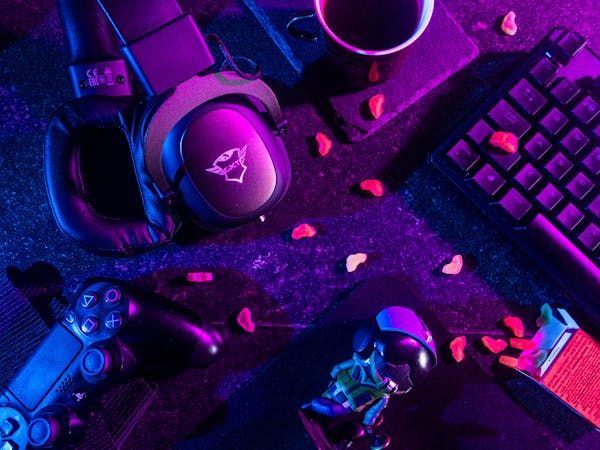Advertisement

- Updated on May 19, 2025
- IST 6:02 am
Introduction: The Quick Commerce Revolution Hits Small Towns
It’s midnight in Indore, and you’ve just realized you’re out of milk for tomorrow’s chai. A few years ago, you’d be stuck waiting for the local kirana store to open. But now? A few taps on your phone, and milk arrives at your doorstep in under 10 minutes. Welcome to the era of quick commerce startups, where convenience isn’t just a perk—it’s a promise. In India’s Tier 2 cities, this revolution is in full swing, led by hyperlocal delivery giants like Zepto and Blinkit. Armed with dark store innovation and AI logistics, they’re not just delivering groceries; they’re reshaping how small towns shop. But as these startups race to serve every corner of India, one question looms: are they making the beloved kirana store obsolete? Let’s dive into the 10-minute delivery wars and see how these Indian grocery apps are changing the game.
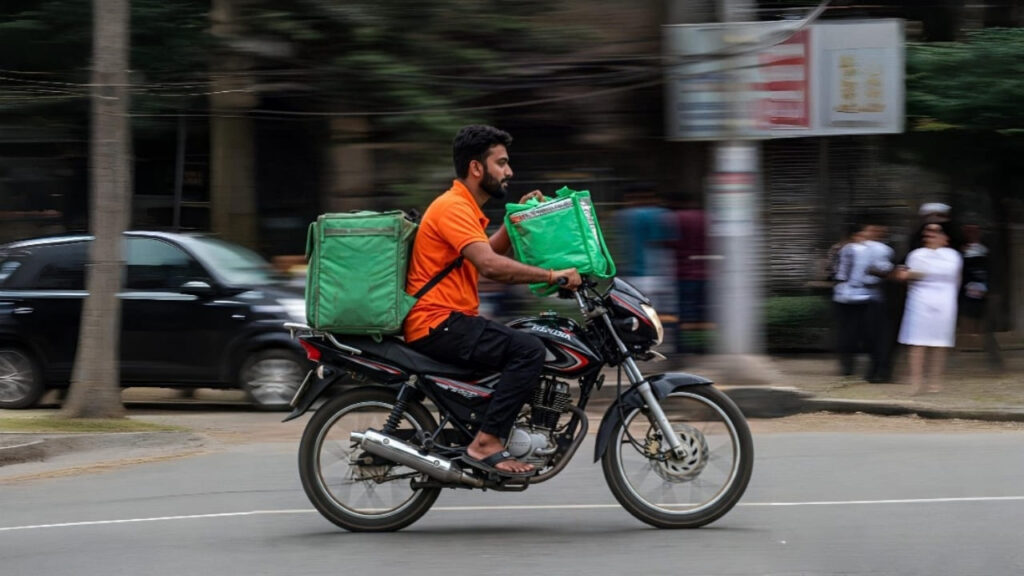
What is Quick Commerce? India’s Need for Speed
Quick commerce, or Q-commerce, is the turbocharged cousin of traditional e-commerce. It’s all about delivering everyday essentials—think milk, bread, or even a late-night snack—within 10 to 30 minutes. In a country where time is precious and convenience is king, Q-commerce is more than a trend; it’s a lifeline. India’s urban sprawl, traffic jams, and unpredictable weather make popping to the store a hassle. Add to that the rise of nuclear families and working professionals in Tier 2 cities, and you’ve got a recipe for demand.
But why Tier 2 cities? These are places like Jaipur, Lucknow, and Coimbatore—bustling hubs with growing populations and smartphone-savvy consumers. Unlike metros, where competition is cutthroat, Tier 2 cities offer fertile ground for hyperlocal delivery tech. With lower real estate costs and less saturated markets, startups can set up shop—literally—and scale fast. And that’s exactly what Zepto and Blinkit are doing, one dark store at a time.
Zepto and Blinkit: The Trailblazers of Tier 2
Let’s meet the stars of this show. Zepto, launched in 2021, made waves with its audacious promise: groceries in 10 minutes or less. Blinkit, formerly Grofers, pivoted to instant delivery in 2021, expanding its catalog from groceries to electronics and more. Both have zeroed in on Tier 2 cities, recognizing the goldmine of opportunity.
Why? Tier 2 cities are booming. With over 50% of India’s urban population living outside metros, these towns are hungry for modern conveniences. Zepto and Blinkit have tapped into this by setting up dark stores—mini-warehouses stocked with high-demand items—right in the heart of residential areas. No fancy storefronts, just efficient hubs designed for speed. In cities like Nagpur or Surat, where traditional retail still dominates, these startups are introducing a new way to shop: fast, digital, and hassle-free.
But it’s not just about location. It’s about strategy. By focusing on Tier 2 markets, Zepto and Blinkit avoid the fierce rivalry of metros while building brand loyalty in underserved areas. It’s a smart play—and it’s working.
Dark Stores: The Secret Sauce of Speed
So, what’s a dark store? Picture a supermarket, but without the shoppers. These are closed-to-public warehouses optimized for one thing: rapid order fulfillment. Stocked with everything from atta to apples, dark stores are strategically placed within a few kilometers of customers. When you order, a picker grabs your items, packs them in minutes, and hands them to a delivery executive who zips to your door.
For Zepto and Blinkit, dark stores are the backbone of their instant delivery 2025 vision. In Tier 2 cities, where real estate is cheaper, setting up multiple dark stores is easier and more cost-effective. This hyperlocal approach slashes delivery times and keeps operations lean. Plus, with AI predicting demand—say, more umbrellas during monsoon or extra snacks during Diwali—dark stores stay stocked with what you need, when you need it.
It’s a logistics marvel, but it’s not without challenges. Managing inventory across dozens of dark stores requires precision, and that’s where AI steps in.
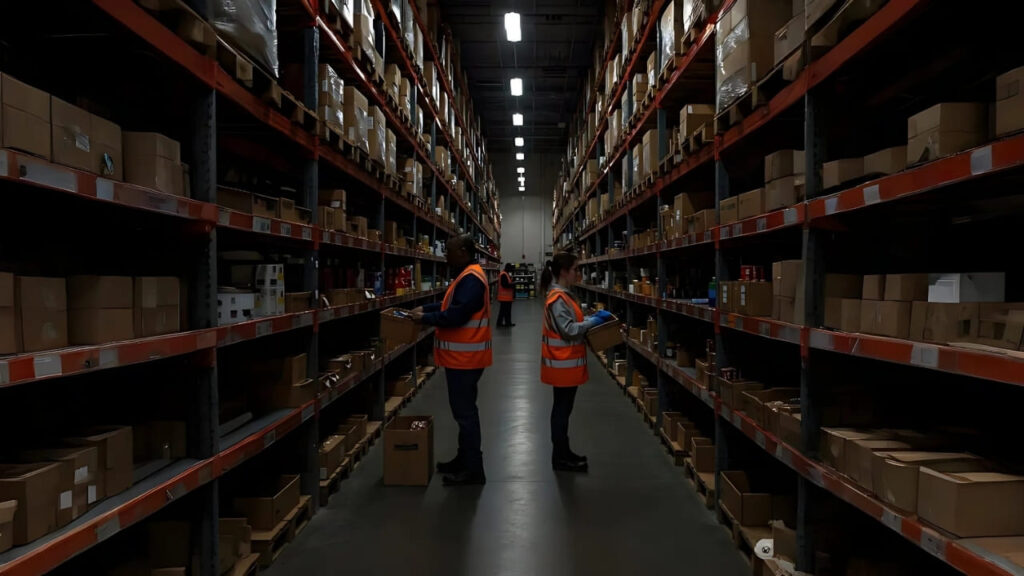
AI Logistics: The Brain Behind the Operation
If dark stores are the heart of quick commerce, AI is the brain. Zepto and Blinkit lean heavily on artificial intelligence to keep their operations humming. Here’s how:
- Demand Forecasting: AI analyzes past orders, local events, and even weather patterns to predict what products will fly off the shelves. This means fewer stockouts and less waste.
- Route Optimization: Delivery executives don’t just wing it. AI crunches data on traffic, road conditions, and order volumes to plot the fastest routes. In a city like Bhopal, where narrow lanes can snarl traffic, this is a game-changer.
- Personalization: Ever notice how your app suggests items you didn’t know you needed? That’s AI at work, studying your shopping habits to boost basket sizes and keep you coming back.
This hyperlocal delivery tech isn’t just fancy—it’s essential. In Tier 2 cities, where infrastructure can be patchy, AI helps navigate the chaos, ensuring that your milk arrives cold and your bread stays fresh.
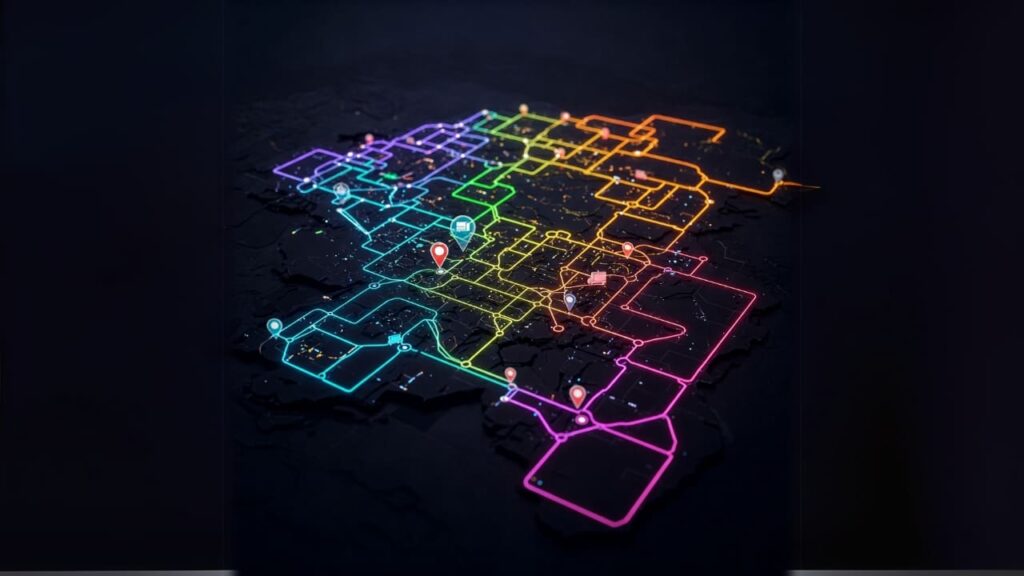
The Kirana Conundrum: Obsolete or Evolving?
Now, the million-rupee question: are kirana stores on their way out? These small, family-run shops have been the lifeblood of Indian retail for generations. They’re not just stores; they’re community hubs where shopkeepers know your name and extend credit when you’re short on cash. But with 10-minute deliveries, are they losing their edge?
Not so fast. While quick commerce offers unbeatable speed, kirana stores have their own superpowers. They stock niche items, offer personalized service, and often operate on trust-based systems that apps can’t replicate. In Tier 2 cities, where relationships matter, kiranas still hold sway.
That said, the pressure is real. Many kirana owners are adapting by partnering with quick commerce platforms. Blinkit, for instance, works with local stores to fulfill orders, turning them into mini dark stores. It’s a win-win: kiranas get a digital boost, and startups tap into existing networks. So, rather than fading away, kiranas might just be evolving.
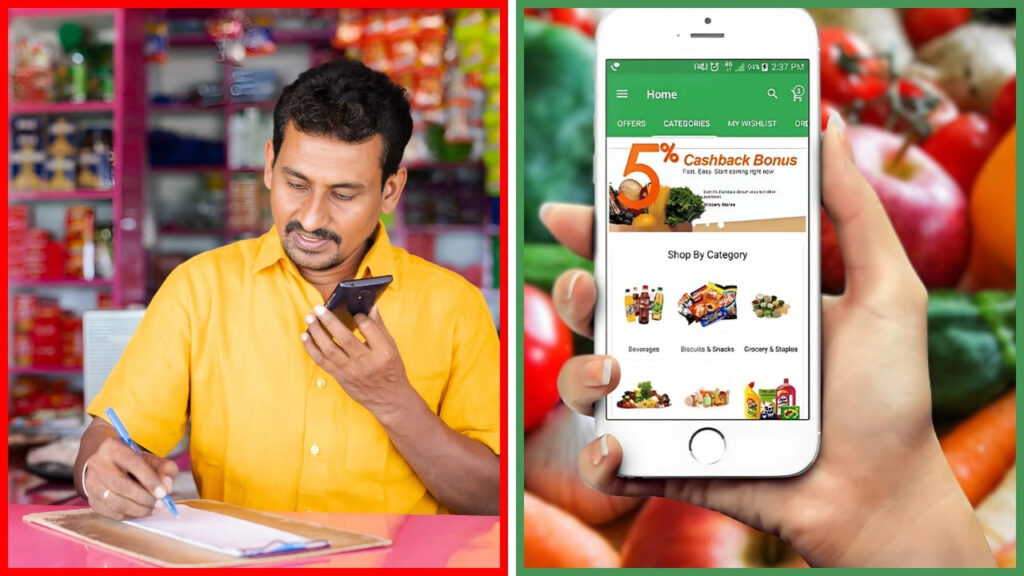
Challenges on the Horizon: Can Speed Be Sustainable?
Quick commerce isn’t all smooth sailing. For Zepto and Blinkit, the road ahead is bumpy. Here are the big hurdles:
- Profitability: Ultra-fast delivery is expensive. From maintaining dark stores to paying delivery executives, costs add up. Balancing speed with profitability is a tightrope walk.
- Scalability: Tier 2 cities are just the start. Expanding to Tier 3 towns and rural areas is the next frontier, but lower population density and spotty internet make it tricky.
- Labor Issues: Delivery executives are the backbone of quick commerce, but they often face grueling hours and pressure to meet tight deadlines. Ensuring fair wages and working conditions is critical.
- Regulation: As the sector grows, so does scrutiny. From traffic violations to labor laws, startups must navigate a maze of regulations.
Despite these challenges, the future looks promising. With innovations like drone deliveries and autonomous vehicles on the horizon, the tier 2 retail trends are only set to accelerate
The Future of Grocery Shopping: What’s Next?
So, what’s next for quick commerce in India? For starters, expect more players to join the fray. Big guns like Amazon and Flipkart are already dipping their toes into instant delivery, and regional startups are popping up in smaller towns. But Zepto and Blinkit have a head start, and they’re not slowing down.
Looking ahead, we might see:
- Category Expansion: Beyond groceries, think electronics, fashion, and even medicines—all delivered in minutes.
- Sustainability Push: With eco-conscious consumers on the rise, startups could adopt electric vehicles or reusable packaging to reduce their carbon footprint.
- Hyper-Personalization: AI will get smarter, offering tailored recommendations and predicting your needs before you do.
In Tier 2 cities, where digital adoption is skyrocketing, quick commerce could become as routine as ordering a chai. And with India’s e-commerce market set to hit $200 billion by 2026, the sky’s the limit.
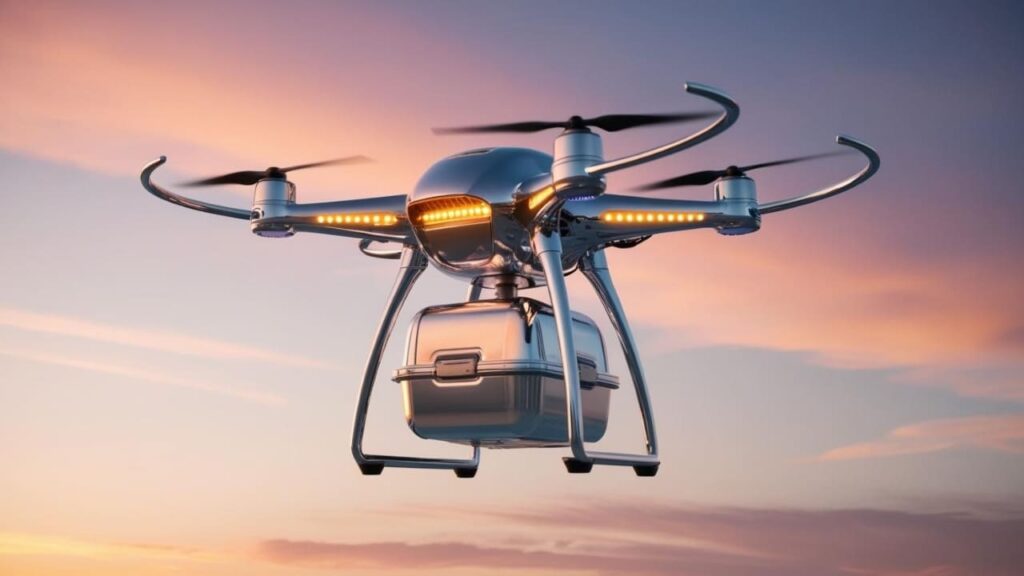
Conclusion: A New Era for India’s Shoppers
The 10-minute grocery delivery wars are more than a fad—they’re a glimpse into the future of retail. Zepto and Blinkit have cracked the code in Tier 2 cities, using dark store innovation and AI logistics to deliver not just products, but convenience on steroids. While kirana stores aren’t going anywhere just yet, they’ll need to adapt to stay in the game.
As quick commerce evolves, one thing’s clear: India’s love affair with speed is just getting started. So, next time you’re craving a midnight snack or forgot the atta, remember—you’re just 10 minutes away from satisfaction. What do you think? Have you jumped on the quick commerce bandwagon? Drop your thoughts below and let’s chat about the future of shopping!
You May Like This
Advertisement
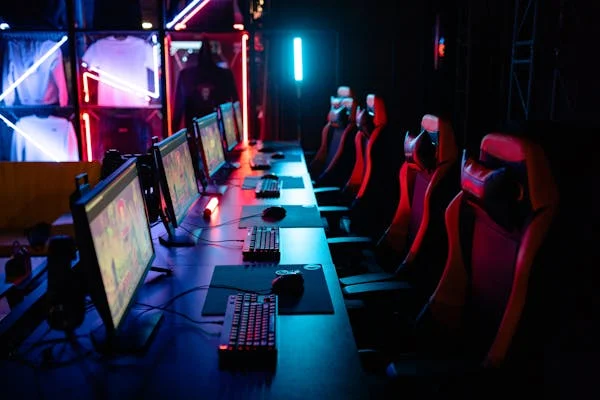
You May Like This








Advertisement
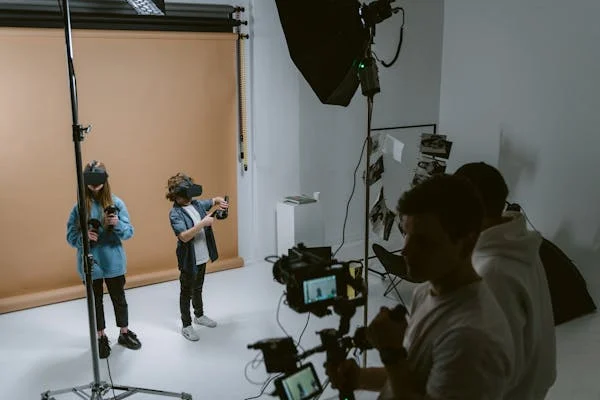
Advertisement

Advertisement
